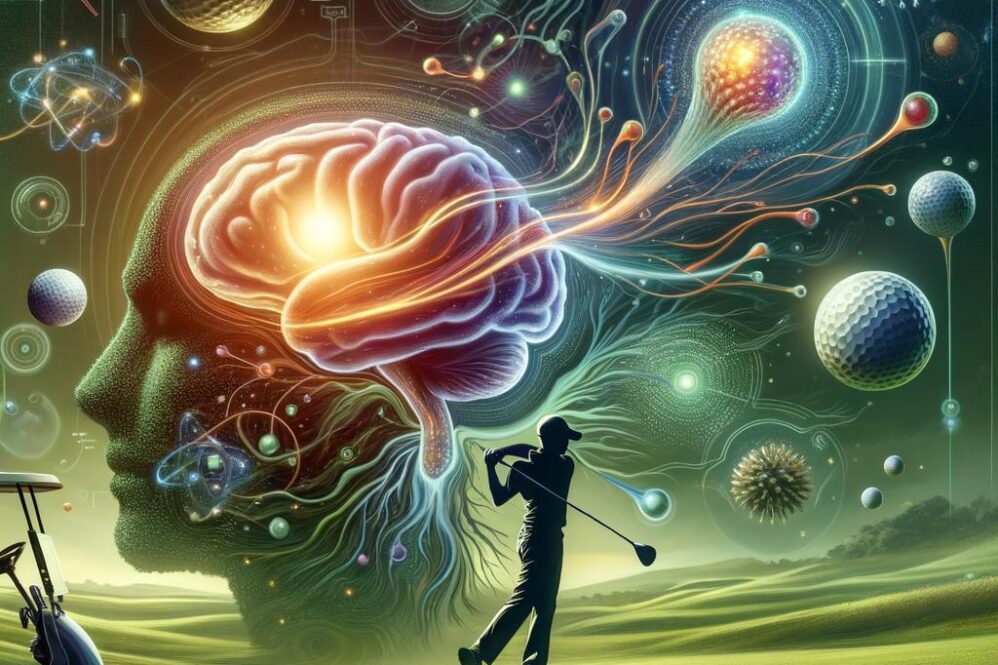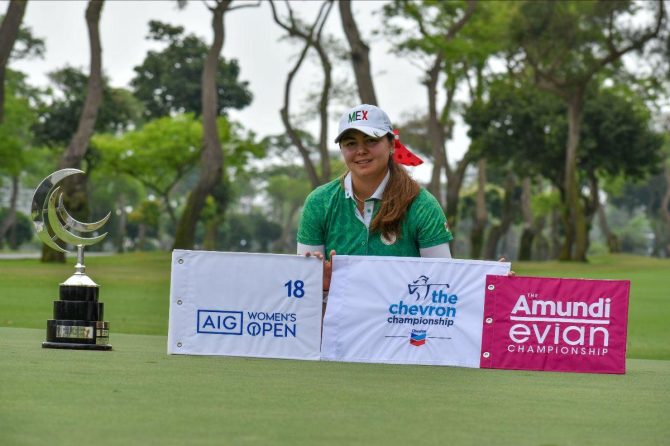Introduction
The intricate relationship between mental acuity and physical skill is basic to success in sports, especially in a precision-focused game like golf. As players strive for betterment,the technique of slow-motion swing practice has gained recognition as an effective method that goes beyond customary training routines. This approach not only hones the physical aspects of the golf swing but also enhances cognitive functions that are crucial for better performance on the course. By deliberately analyzing their swings at a slower pace,golfers embark on a comprehensive learning journey that improves body awareness,sharpens focus,and fosters strategic decision-making. This article delves into the psychological benefits of slow-motion swing practice and how these cognitive enhancements lead to a deeper comprehension of swing mechanics while optimizing overall performance.
Cognitive Benefits of Slow-Motion Golf Swing Practice
Engaging in slow-motion practice allows golfers to tap into various cognitive processes that significantly enhance their game. One key aspect is decompositional learning, where players dissect each element of their swing into smaller parts. By concentrating on specific components such as grip, stance, backswing, and follow-through, golfers develop a more detailed understanding of how these elements interact with one another. This analytical approach creates a richer mental framework for visualizing improvements and applying corrective measures during actual play.
Moreover, executing swings at reduced speed utilizes embodied cognition, which suggests that physical actions can influence mental processes. As golfers perform their swings slowly, they cultivate heightened kinesthetic awareness—an essential factor for integrating sensory feedback effectively. Mastering mechanics through purposeful movements helps build muscle memory that translates into smoother and more accurate swings when under pressure during games.
The intellectual rigor involved in this method also enhances executive functions such as attention control and decision-making skills. Golfers must maintain concentration on minute details over extended periods; this focused engagement sharpens their ability to assess conditions quickly and evaluate shot options effectively—leading to improved metrics like accuracy and consistency over time.
Kinesthetic Learning: Enhancing Body Awareness in Golf
Incorporating slow-motion practice into regular training routines significantly boosts body awareness through kinesthetic learning techniques. This method encourages players to focus intently on each movement’s subtleties without the immediate pressure associated with hitting the ball successfully.By segmenting the swing into manageable parts,golfers can pinpoint areas requiring adjustment while developing an intuitive understanding of their body’s role throughout the process.
Additionally, practicing slowly strengthens connections between cognitive responses and physical actions; as players repeat movements intentionally they create robust mental blueprints enhancing muscle memory retention over time—key factors like grip pressure or stance width become second nature leading to increased confidence during full-speed execution.
To maximize these benefits effectively structured drill sessions focusing on different aspects can be implemented:
| Focus Area | Recommended Duration |
|---|---|
| Grip Adjustment | 5 minutes |
| Stance & Balance | 10 minutes |
| Backswing Mechanics | 15 minutes |
| Downswing & Follow-Through Techniques | 15 minutes |
With consistent focus across these areas during practice sessions leads not only towards refined techniques but also sharper mental acuity related specifically towards complex movements inherent within golfing itself resulting ultimately yielding greater satisfaction from playing experience overall!
Attention & Decision-Making During Swing Analysis:
Attention plays an essential role when it comes down optimizing performance via analysis conducted through deconstruction methods employed by athletes engaging themselves within slower-paced practices aimed primarily at improving skill sets required throughout gameplay scenarios encountered regularly out there!
Golfers who engage deeply with every single motion find themselves able identify flaws present within grips stances or follow-throughs allowing them dissect intricacies surrounding form execution fostering deeper insights regarding adjustments needed impacting overall results achieved later down line!
Decision-making becomes intertwined closely alongside those aforementioned cognitive advantages realized thanks slowing things down considerably enabling reflection upon strategies enhancing performances further still! Evaluating clubface angles impact determining optimal positioning throughout entire cycle provides brain ample chance process data collected leading better choices made real-time situations faced out there!
This combination focused attention insightful decisions cultivates profound kinesthetic awareness directly influencing consistency observed performances witnessed consistently across rounds played thereafter too!
As individuals continue practicing utilizing slower speeds they develop associative memories tied directly back triumphant executions previously experienced thus replicating those moments accurately even amidst higher tempos encountered later stages gameplay itself!
Strategies For Maximizing performance With Slow Motion Practice:
To fully harness potential benefits derived from engaging regularly within this type methodology requires establishing structured approaches promoting active involvement cognitively speaking! Breaking down individual components becomes paramount here focusing solely upon grips stances backswing downswing follow-throughs separately allows refinement techniques whilst concurrently expanding knowledge base surrounding personal biomechanics involved therein too!
Utilization visual aids feedback mechanisms proves equally critical throughout entire process incorporating video analysis greatly enhances processing capabilities allowing observation critique performed detail-oriented manner additionally mirrors recording devices facilitate real-time evaluations boosting self-awareness levels tremendously providing clear models replicate transitioning back full-speed play seamlessly afterwards too!!
Creating dedicated routines vital ensuring maximum gains achieved consistently consider following elements structure sessions accordingly:
| Practice Element< th >Suggested Duration | ||||||||
|---|---|---|---|---|---|---|---|---|
| Cognitive Benefits | description | ||||
|---|---|---|---|---|---|
| Enhanced Focus | Improved Memory | Better Decision Making |






